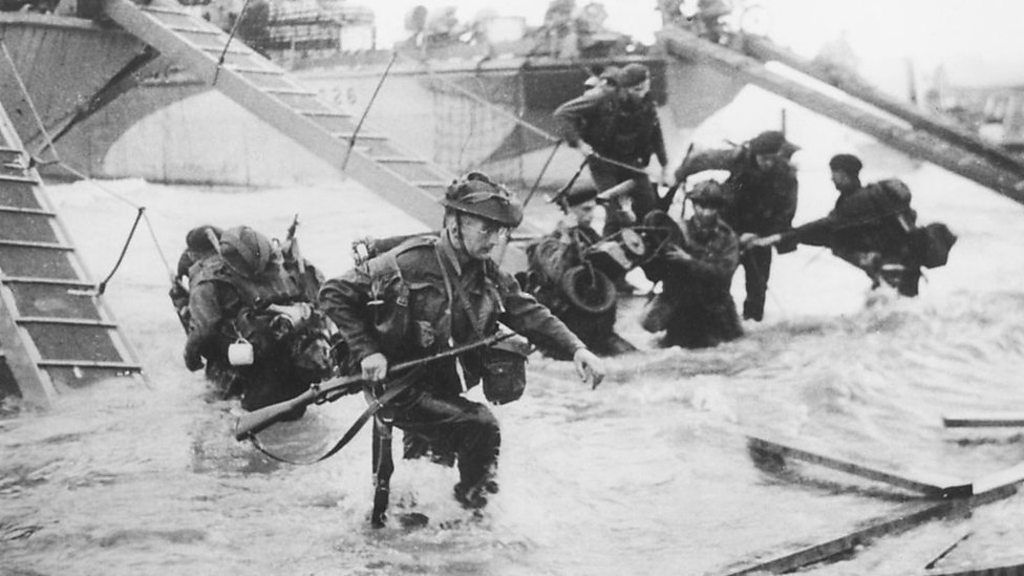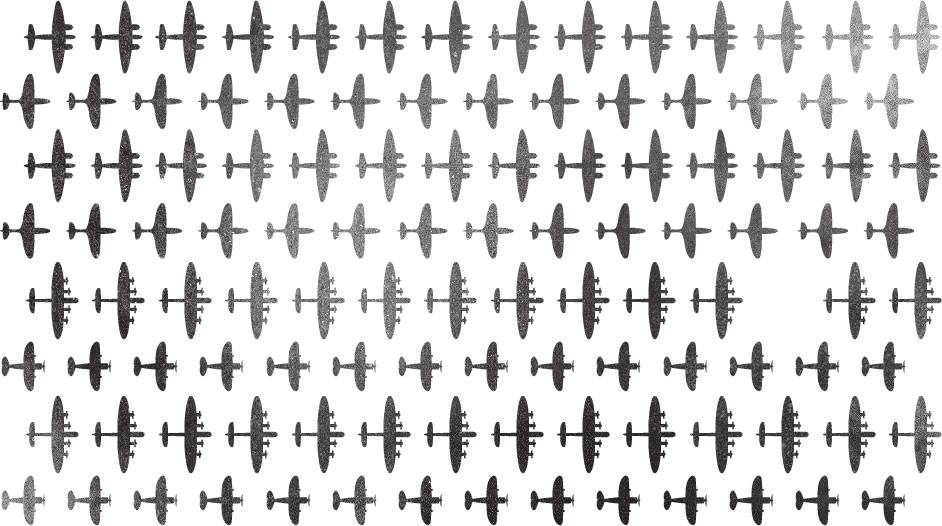
In different circumstances, he might have been an officer on one of the British beaches, for he was the eldest son of Harry Stewart, a baronet. One of those who splashed ashore in the first wave of Canadian troops was 42-year-old Lance Sergeant William Francis Stewart from Ramelton, Co Donegal. Historian and archaeologist Damien Shiels has researched the records of hundreds of Irish who also fought their way off beaches and into Europe in Canadian uniform.Īround 15,000 men of the 3rd Canadian Division and 2nd Armoured Brigade struck Juno Beach. The Irish were also present, albeit to a lesser extent, throughout the ranks of the Canadian army who also assaulted the beaches. Here he is being presented with a medal decoration by Field Marshal Bernard Law Montgomery ('Monty'), whose family has long and deep roots in Co. He was complete four combat jumps - including D-Day - during the war. At 37 years old, he was the youngest Major General to command an US army division. General 'Jumpin' Jim' James Gavin (of Irish Parents), Commanding Officer of the 82nd US Airborne Division. One such medal was presented in 2015 to then Read More: In recent years, the French government has honoured surviving D-Day troops with the Legion de Honor.

Sergeant Paddy Gillen from Galway was a commando who came ashore at Sword Beach and, along with comrades, dug in and held vital ground against German counterattacks in the area for 42 days, allowing Allied reinforcements and equipment to stream inland. He entered Berlin on horseback with a group of Cossacks during the final days of the war. O’Donovan ended up fighting with Italian and Russian partisan groups. He was captured by the Germans, once spoke to Field Marshal Erwin Rommel, and made a number of escapes from prisoner of war camps. Regimental Sergeant Major Sean O’Donovan from Drumcondra had an amazing war record. On returning to Ireland, he joined the Franciscan Order, becoming known as Brother Columbanus. Deegan survived the war and became a committed pacifist. Also on the same beach was 19-year-old Sean Deegan from Dublin, who joined the British army after being told he was “too young and skinny” to be accepted by the Irish army.Īfter nearly being killed by friendly fire from American troops at the beach landings, a US major gave him his battledress. One of them was Capt Redmond Cunningham, from Waterford, who won a Military Cross for his gallantry during the D-Day assault, having come under withering German fire on Sword Beach. They wanted to fight the evils of fascism Hitler needed to be stopped. “Their motivations and reasons for being there were like in most wars - adventure seeking excitement not wanting to miss out on money family tradition - while principle was certainly the case for some. unlike soldiers from the North, who were conscripted. The southern Irish in the British Army were volunteers. “It’s estimated that 850 Irishmen in the British army were killed in the liberation of north-western Europe.” “In total, 50 Irishmen in British uniform were killed on D-Day,” says Mr Harvey.

Mr Harvey’s book, A Bloody Dawn, focuses on Irish involvement in the storming of the beaches in Normandy on June 6, 1944.

(Courtesy of the National Library of Ireland). Hayes (west Limerick), Director of the National Library and the chief cryptographer with the Irish Defence Forces' 'G2' intelligence section, was successful in cracking the 'Goertz Cipher'. The US forces on D-Day were also heavily populated by Irish-born and first generation Irish-Americans.”ĭr. “Around 70,000 of which were from the ‘neutral’ South, meaning more from the Republic than from the ‘loyal’ North,” says Mr Harvey, a retired Irish army lieutenant colonel.

According to military historian Dan Harvey, 120,000 Irishmen fought with the British army during that conflict. Many would think that, considering the political landscape at the time, the majority of Irishmen and women who served in the British army were from the North.


 0 kommentar(er)
0 kommentar(er)
